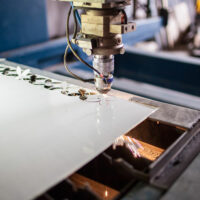
20 bathroom cleaning mistakes to avoid
The bathroom, often considered the sanctuary of personal hygiene, is a space that requires regular and thorough cleaning. However, there are numerous common mistakes that individuals tend to make when tackling this essential chore. These mistakes not only hinder the effectiveness of the cleaning process but can also lead to long-term damage. In addition, these mistakes can lead to potential health hazards. Here are some prevalent bathroom cleaning mistakes and tips to avoid them. Neglecting a regular cleaning schedule One of the most significant mistakes individuals make is not establishing a consistent cleaning routine for their bathroom. Regular cleaning is crucial, as bathrooms are hotspots for germs and bacteria. Tip: Create a cleaning schedule that designates specific days for bathroom cleaning. This ensures that it doesn’t get overlooked amid busy schedules. Using inappropriate cleaning products Choosing the wrong cleaning products is a common error. Some cleaners may be too harsh for specific surfaces, leading to discoloration or damage. Tip: Always read product labels and use cleaners appropriate for specific bathroom surfaces, such as tile, porcelain, and glass. Neglecting ventilation Proper ventilation is important for preventing mold and mildew. Failing to turn on the exhaust fan or open a window during and after showers allows excess moisture to accumulate.
Read More. 














